Want to Live to Be 100? Try the Blue Zone Diet

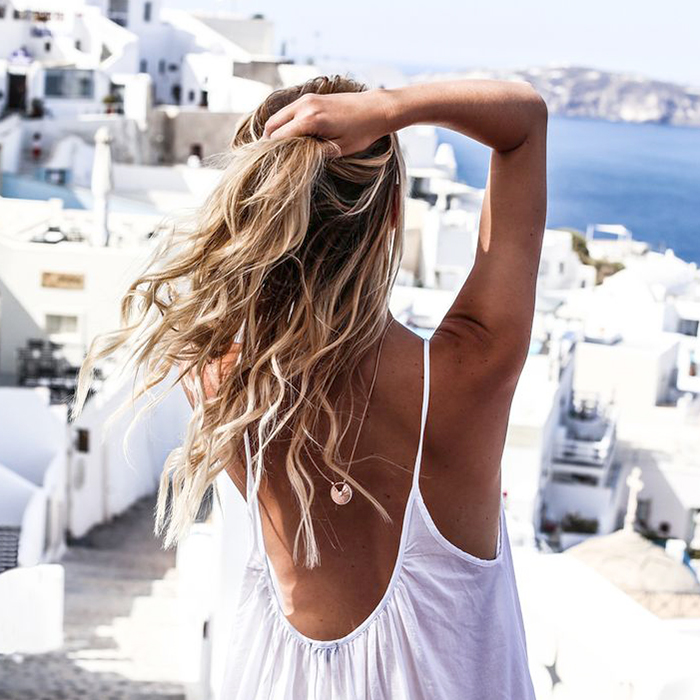
In the early 2000s, Dan Buettner, a certified globetrotter, noticed that some countries had much longer life spans than others. Fascinated by this, he traveled to Ogliastra, Sardinia, to meet with Michel Poulain and Giovanni Mario Pes, both of whom discovered that the largest number of male centenarians (aka men who live to be 100+) in the world hailed from the Italian island. Poulain and Pes circled the area with a blue marker to segregate it from the rest of the map, later dubbing it a "blue zone." Buettner collaborated with them to conduct further research on other long-living regions, extending the blue "zone" to four other regions: Ikaria, Greece; Okinawa, Japan; Loma Linda, California; and Nicoya Peninsula, Costa Rica. In 2005, Buettner wrote a piece with the help of scientific researchers and demographic experts for The National Geographic outlining what each area's inhabitants are doing correctly; from this came what's known today as the Blue Zone phenomenon.
The average life expectancy of an American is around 78 years whereas the average Blue Zone inhabitant reaches well into their 80s with an exponentially higher number of centenarians than elsewhere. These substantiative findings beg the question: What are these places doing right that we (and other non Blue Zone countries) aren't? For starters, after completing over 150 dietary surveys, researchers discovered some common nutritional themes among the world's oldest people: the Blue Zone diet consists of 95% plants; meat is eaten in very small quantities, with fish is enjoyed up to three days a week; minimal dairy and sugar is consumed; and beans and whole grains are an important portion of daily meals, though enjoyed sparingly. Their lifestyle is strikingly different as well: Instead of putting in overtime and stressing over work, Blue Zone dwellers make it a point to fit in naps, social time, walks, gardening, and sex (more on that below). To gain a better understanding of the habits of the most prosperous humans in the world, we broke down each Blue Zone's diet and lifestyle. Keep scrolling to learn more!
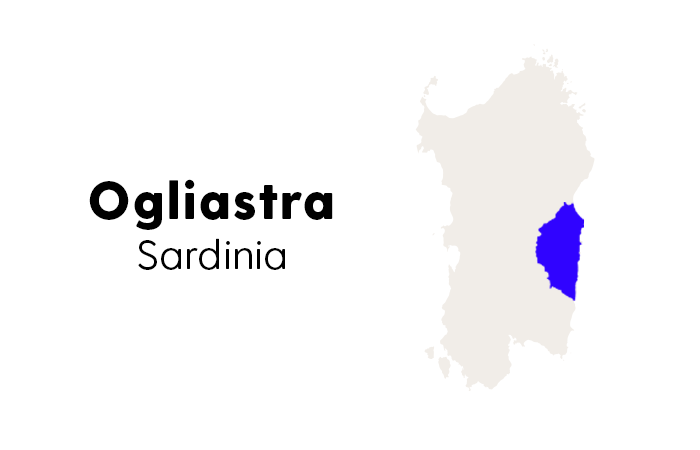
Diet
Sardinia is a mountainous region, prone to climbs and hikes by its inhabitants. It's customary for Sardinians to sit outside after a hike and eat a meal of whole grain bread, vegetables, beans, and fruits. Meat is generally only eaten on Sundays and special occasions. Residents may also sip on local Cannonau wine (rich in antioxidants and polyphenols that benefit the cardiovascular system). Their daily meals are consistent with a largely plant-based diet.
Lifestyle
Interestingly, the greatest number of centenarians in this region are shepherds who herd livestock from the mountains to the valleys. Along with their impressive daily exercise, these shepherds also eat a fair share of goat's and sheep's milk, which are less allergenic than cow's milk.
Sardinians also value their family (especially elders), laughing, clean air, and "making love every Sunday."
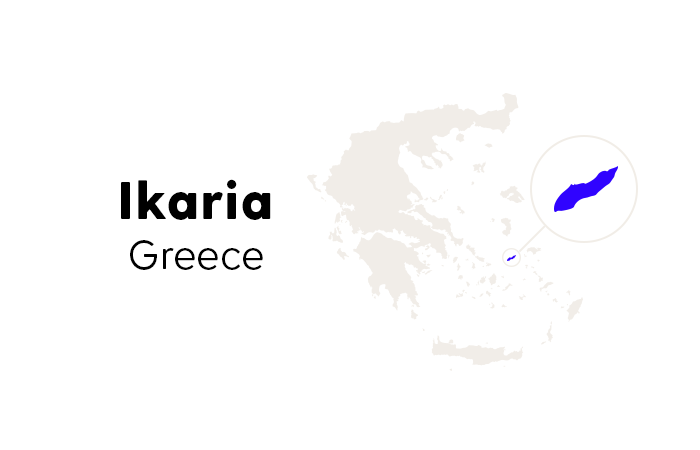
Diet
Tea is a big staple in the Ikarian diet. Unlike typical black and green teas, the "mountain teas" that Ikarians consume are made with native plants with medicinal value: wild mint for gingivitis, rosemary for gout, and for circulation. Their typical diet consists of potatoes, goat's milk, organic honey, legumes, a bit of fish, lemons, feta cheese, herbs, and the occasional lamb.
Lifestyle
About 6 out of 10 elderly Ikarians are physically active, moving well into their 90s. They also take regular naps—about three a week—and have sex often. And while the unemployment rate is high, those not working spend a lot of time outside gardening or caring for livestock. Those who do work make sure not to rush or stress, sometimes even taking late the evening to finish up.
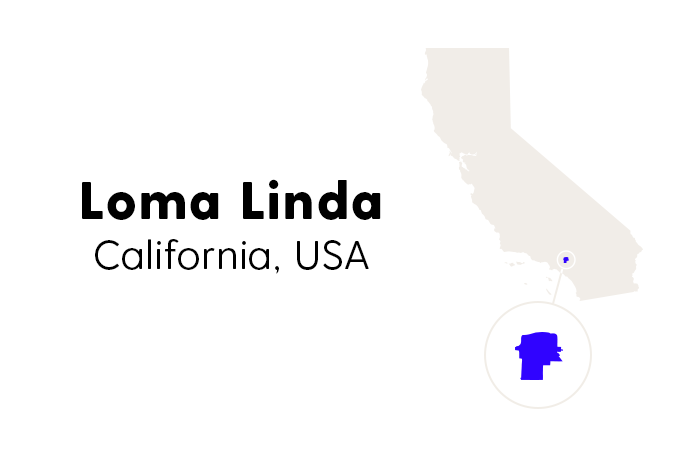
Diet
Surprised to see a U.S. city here? Yes, technically we've made the Blue Zone list, but it's a super-small community in California that follows a strict way of life: A religious community, the residents abide by a very "biblical" diet of fruits, vegetables, nuts, and grains and abstain from smoking and alcohol. Some may eat a small amount of meat or fish, which, in the case of the latter, allegedly has helped them to live longer than their vegan counterparts.
Lifestyle
Loma Linda is largely populated by Seventh-Day Adventists, a conservative Christian religion that views a healthy lifestyle as the basis of their faith. This, along with their diet, is also thought to contribute to their happiness and overall positive outlook on life, which is clinically proven to help support longevity. Lastly, they're physically active and involved in their community, one that denounces stress and negativity.
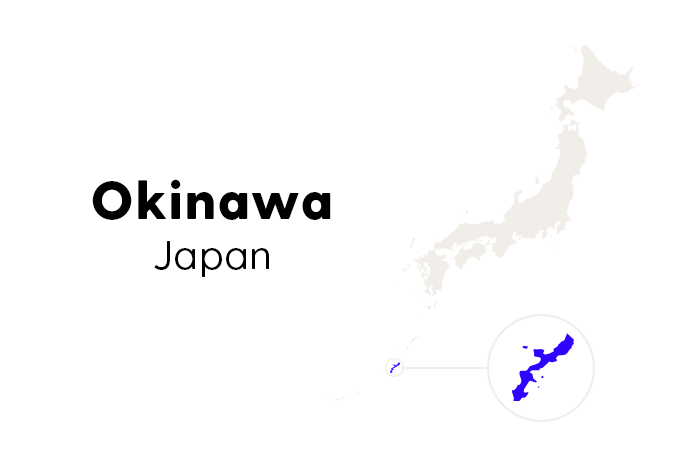
Diet
Okinawans eat off small plates, as smaller plates produce fullness faster. (They also only eat until they're 80% full, to avoid going overboard.) On these plates, they place nutrient-rich vegetables grown in their volcanic soil, tofu, soy, flax, broccoli, sweet potato, rice, shiitake mushrooms, green tea, and turmeric.
Lifestyle
Okinawans are community-centric and favor support, helping one another, focusing on healthy relationships, and being stress-free (which, interestingly, is a result of gaining and giving support).
As far as physical activity, they typically take part in karate, kendo (a form of martial arts), dancing, tai chi, gardening, and walking.
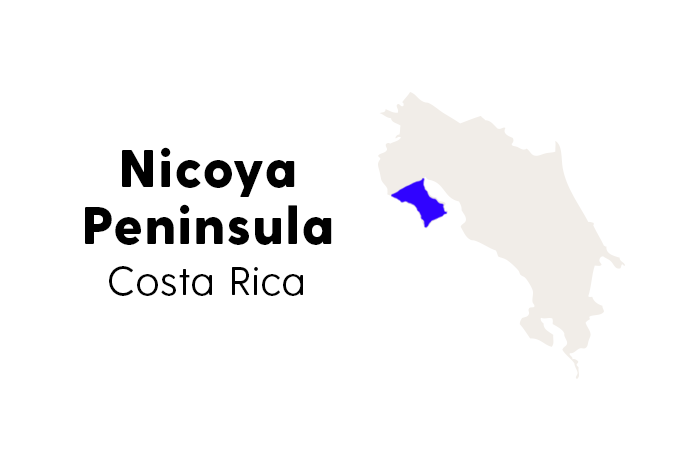
Diet
Despite having a low economy, Nicoya is leaps and bounds above the States from a health viewpoint—it has the second-highest average life expectancy of the Americas (behind Canada). This can be attributed to residents' diet, which mostly consists of rice, beef, chicken, fish, a little bit of cheese, fruits, vegetables, and—surprisingly—sodas. They stay away from fast food and processed foods and eat a light dinner in the evening to take in fewer calories and give their bodies time to digest. The Nicoyans also swear by the "three sisters" of their agriculture: beans, corn, and squash.
Lifestyle
Nicoyans are all about the plan de vida, or their life purpose, and thus make it a point to have strong relationships with family and neighbors, staying positive and making a point to laugh each day.
They also have very high calcium levels in their tap water, which could explain the region's increase in bone health and decrease in heart disease.
Additionally, residents make it a point to get some sun daily to help their body produce vitamin D, which is important for bone and heart health as well as your overall mood.
Next up, take a look at the island that's never seen acne.
This post was originally published at an earlier date and has since been updated.
This article is provided for informational purposes only and is not intended to be used in the place of advice of your physician or other medical professionals. You should always consult with your doctor or healthcare provider first with any health-related questions.


